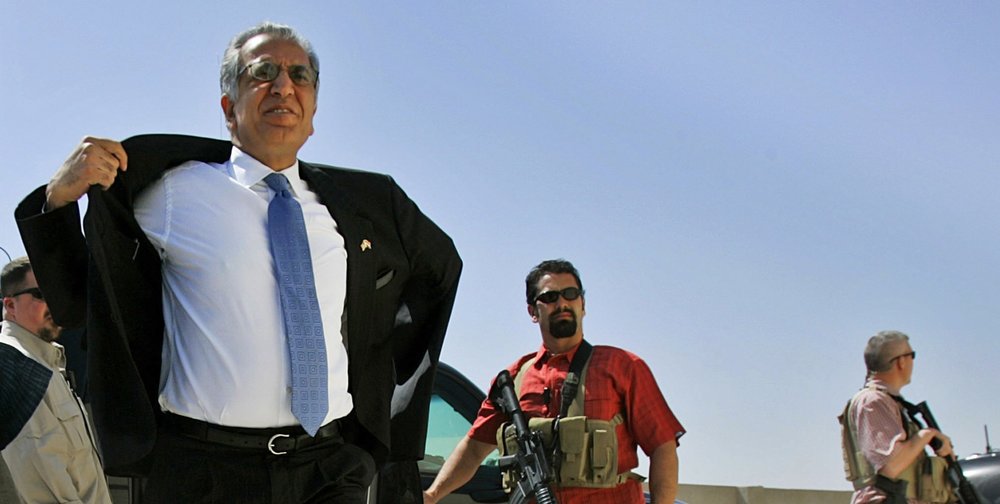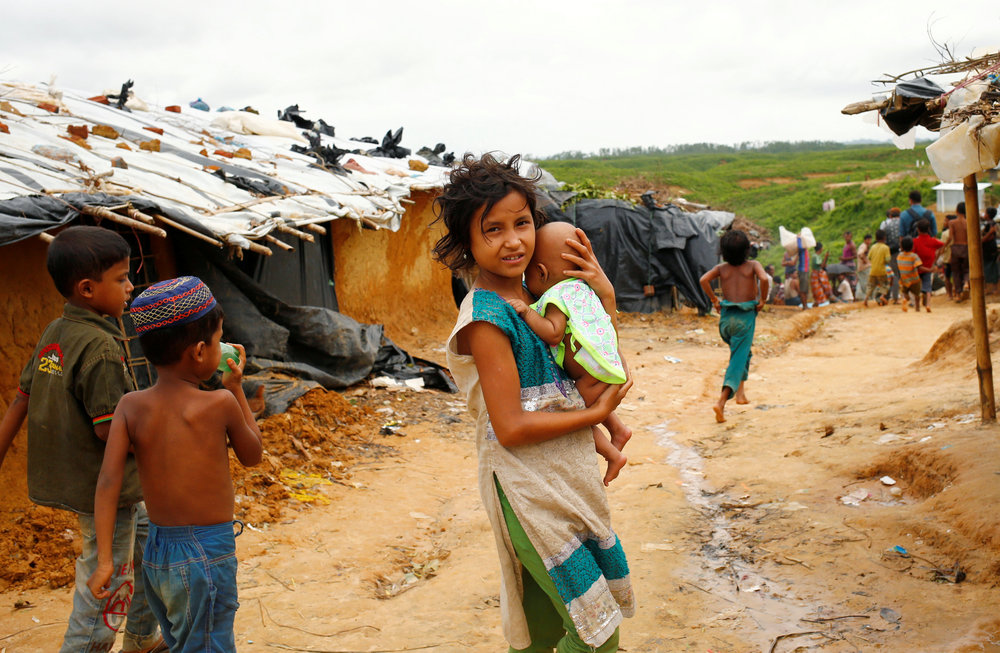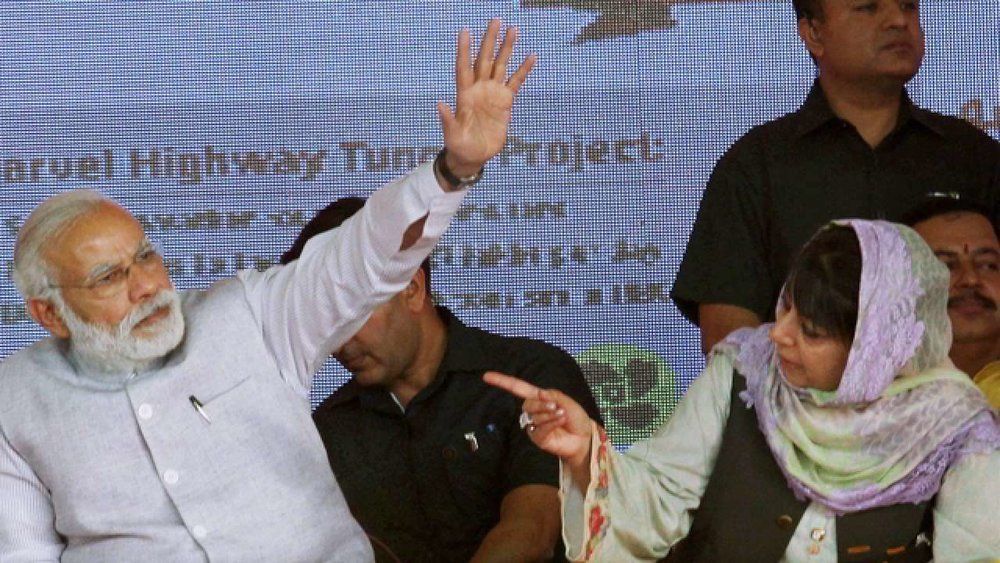YEAR IN REVIEW – SOUTH ASIA:

TEHRAN - The year gone by was shaped by many significant events in South Asia. There was drama, there was intrigue, there was betrayal, there was brutality, and there was a healing touch too.
From Imran Khan’s phenomenal rise to Nawaz Sharif’s staggering fall in Pakistan, from Narendra Modi’s dwindling fortunes to the frightening campaign of right-wing forces in India, from America’s failures in Afghanistan to China’s growing influence in the region, from Taliban’s hide-and-seek games to Afghan government’s handshakes, from the persecution of Rohingya refugees to the plight of oppressed Kashmiris.
Here is a lowdown on some of the important events that made news this year:
1.Khan’s victory and Sharif’s growing troubles

The year 2018 will be remembered for the historic political transition in Pakistan, when cricketer-turned-politician Imran Khan’s Pakistan Tehreek Insaaf (PTI) had the last laugh in the bitterly-contested, violence-marred general election.
PTI romped home with 114 seats, while its closest rival Pakistan Muslim League (PML-N) clinched 63 seats and Pakistan People’s Party (PPP) trailed behind with 43 seats. Although PTI couldn’t touch the magic figure of 137 seats, it managed to cobble together a coalition.
The results were not shocking as many poll strategists had tipped Imran Khan to be the next premier of Pakistan, but the election was marred by allegations of rigging and manipulation against the powerful military establishment of Pakistan, which allegedly backed Khan’s PTI over other parties.
A few weeks before the polls, Pakistan’s former Prime Minister and PML-N chief Nawaz Sharif was sentenced to ten-year jail term in an anti-graft case and banned from contesting elections. He termed the election result as “tainted and dubious”.
Although the Islamabad High Court later suspended the 10-year jail term against Sharif, last week an accountability court again sentenced him to seven years in prison on corruption charges, compounding his legal troubles.
Meanwhile, the new premier, well aware of the anti-American sentiment that permeates Pakistani society and polity, has refused to be a pawn in American’s sinister game in the region. At the same time, he has extended an olive branch to estranged neighbors India and Afghanistan, although the overtures haven’t been received well in New Delhi.
Under the new government, Pakistan’s relationship with China has also strengthened further as both sides make progress on the ambitious China-Pakistan Economic Corridor (CPEC) project. China has also come to the rescue of Pakistan’s flailing economy by pledging a good package.
2.Modi’s fall from grace and rise of Hindutva forces

In India, while government’s economic mismanagement and increasing attacks on religious minorities dominated the popular discourse this year, state elections earlier this month was the top story of 2018.
The ruling Bharatiya Janata Party (BJP) suffered a major setback after losing three key states – Rajasthan, Chhattisgarh and Madhya Pradesh – to Indian National Congress (INC), the main opposition party, in state elections.
The results, which came barely four months before the general elections in India, set the ball rolling for Congress, which has been in the opposition in India since 2014.
All three states were won last time by the BJP, which also won 60 out of 65 parliament seats in these states in 2014 general elections. Congress victory has clearly given it an upper hand going into 2019.
Ecstatic over the results, Congress president Rahul Gandhi said Prime Minister Narendra Modi had “failed to provide a vision for the country going forward”, and under the BJP government, “mismanagement of economy” had taken place.
This year also saw the rise of right-wing Hindu forces in India, led by chief minister of northern Indian state of Uttar Pradesh Yogi Adityanath, who stoked communal passions with inflammatory speeches, and went on a spree to change names of places in his state. He belongs to Modi’s party BJP.
This year, India enhanced its defense partnership with Russia and continued oil trade with Iran, despite the U.S. sanctions. Although New Delhi kept everyone guessing initially regarding its stance on U.S. diktat to stop oil imports from Iran, it eventually rebuffed Trump and embraced Iran.
Chabahar port project also got headway this year. India Ports Global Limited finally took over operations at the Shaheed Beheshti Port in Chabahar last week.
3.China-U.S. trade war and Beijing’s growing clout

While Donald Trump, in his characteristic recalcitrant manner, announced no-holds-barred trade and tariff war against friends and foes this year, what made headlines was his trade war with China.
Trump threatened to impose heavy tariffs on Chinese imports to force Beijing into renegotiating its trade balance with the U.S.
Beijing, a heavyweight in its own right, vowed to retaliate with duties on nearly everything it imports from the U.S. and tariffs on goods U.S. companies imports from China.
As the trade war between them intensified, experts blasted Trump’s trade policies, which they said pose the greatest threat to global economic growth.
“I would say the policies that are embraced by the U.S. administration around trade represent the biggest risk today to the global economy,” BlackRock's Philipp Hildebrand was quoted saying by CNBC.
Hu Xijin, chief editor of Chinese daily Beijing Times, said China is an economic and a nuclear power and it isn’t an easy task to provoke it from any direction.
“China is not Mexico and will not agree with a laundry list of demands from the U.S. in this trade war,” he wrote on Twitter, saying China will “hit back to the end” if U.S. persists with its trade war.
Meanwhile, China stepped up its engagement in South Asia this year, especially in Afghanistan-Pakistan region, where U.S. has been slowly losing the ground.
The partnership between China and Pakistan has grown stronger this year, courtesy China’s investment in Pakistan through CPEC, and Beijing has been seeking an active role in Afghanistan too.
Last week, Pakistan, China and Afghanistan held second round of trilateral dialogue in Kabul in an attempt to facilitate the peace process and help end the protracted U.S.-imposed war in Afghanistan.
4.Afghan peace process and America’s war games

This year, Afghan peace process witnessed many ups and downs as the Taliban played hide-and-seek with the Afghan government and foreign powers jumped into the fray.
On Eid al Fitr this year, the two warring sides observed a historic, unprecedented three-day ceasefire, which saw the Taliban fighters and members of Afghan security forces embracing each other in a spirit of camaraderie never seen before.
The ceasefire lasted three days after which the Taliban fighters went back to the frontlines to fight the same dirty war, turning down government’s offer to extend the truce.
Afghan president Ashraf Ghani, who has offered many concessions to the group to join the Afghan-led and Afghan-owned peace process, said the three-day truce was an indication that majority of rebels were votaries of peace.
“It is now Taliban’s turn to give a positive response,” he said. “I am ready to extend the ceasefire anytime when the Taliban are ready.”
On Eid al Azha, Ghani-led government again extended an olive branch to the Taliban, declaring a conditional ceasefire. This time, the offer was not accepted. The group refused to hold parleys with the government in Kabul, calling it ‘illegitimate’.
Amidst this hide-and-seek game between the two warring parties, foreign powers, mainly the U.S. Russia and China took advantage of the situation and started engaging directly with the Taliban.
U.S. reportedly held many rounds of ‘peace negotiations’ with the Taliban in recent months, including the one in UAE this month. Experts believe it is insulting to the Afghan government, which feels sidelined.
Also, as the security situation continues to deteriorate, many pundits have questioned the motive of U.S. government to hold talks with the ‘murderers’, saying violence and dialogue cannot go together.
5.Repatriation of Rohingya and their untold misery

This year, the misery of persecuted Rohingya Muslims continued – both in the refugee camps of Bangladesh and in their native Rakhine province of Myanmar.
And, despite the repatriation deal between the governments of Myanmar and Bangladesh, homecoming did not happen as the conditions were not considered conducive for their voluntary repatriation.
As per conservative estimates, there are around 905,000 Rohingya refugees in Bangladesh's Cox's Bazar presently, although some human rights bodies have put the figure higher. The exodus of persecuted Rohingya Muslims from Rakhine started in October 2016, following the crackdown by Burmese army. Almost 200,000 fled to neighboring Bangladesh. In August 2017, more than 720,000 of them escaped to Bangladesh following persecution, murder, arson and rape.
United Nations Secretary General Antonio Guterres, who visited Bangladesh in July this year, admitted nothing could have prepared him for the “scale of the crisis and extent of suffering” he witnessed there.
Myanmar and Bangladesh had signed a bilateral repatriation agreement late last year, according to which the process of voluntary repatriation was to begin in 60 days. But the plan was shelved.
In June, Myanmar inked an agreement with UN to expedite the process of Rohingya repatriation, but the memorandum of understanding (MoU) was kept under wraps. Rohingya community leaders, after seeing the leaked MoU, rejected the agreement, saying it did not address their concerns.
International aid groups and bodies fighting for refugees have also opposed the idea of repatriating Rohingya refugees in current circumstances.
“The conditions are not in place for safe, voluntary, and dignified return of Rohingya refugees,” Matthew Smith, co-founder of Fortify Rights, told Tehran Times in an interview.
6.Crisis of governance and human rights in Kashmir

This year saw many unsavory political events unfold in Indian-controlled-Kashmir as the government collapsed and the security situation turned grimmer.
The coalition government between India’s ruling Bhartiya Janta Party (BJP) and Kashmir’s Peoples Democratic Party (PDP), two parties with contrasting ideologies, fell apart in June.
The decision of BJP to pull out of an alliance with PDP, according to a report by Concerned Citizens Group led by former union minister Yashwant Sinha, was part of a “grand strategy” for 2019 parliament elections.
The report said the feeling in Kashmir is that the BJP-led government in New Delhi will now take more “belligerent” position on laws that give Kashmir a special status in Indian union.
BJP-PDP fallout paved ground for direct rule of federal government in New Delhi, through governor, who dissolved the assembly after reports about ‘horse trading’ by some local parties in Kashmir.
In recent years, and especially this year, New Delhi has adopted more muscular approach with rising incidents of violence. Indian security forces have allegedly opened fire at civilians at many places.
Government forces, observers say, are not able to manage the situation when protests at encounter sites, a growing phenomenon in the disputed region, break out.
Earlier this month, seven civilians were killed in southern Kashmir, which sparked widespread protests across the state. Politicians, cutting across the political divide, denounced what they called a “massacre”.
Meanwhile, this year, United Nations released its first ever report detailing the human rights violations in Kashmir, across the Line of Control (LoC), highlighting a situation of chronic impunity for violations committed by security forces.
The exhaustive report urged all the parties to end the cycles of violence and ensure accountability for the past and present abuses. Indian government rejected the report, terming it “fallacious”.
Leave a Comment